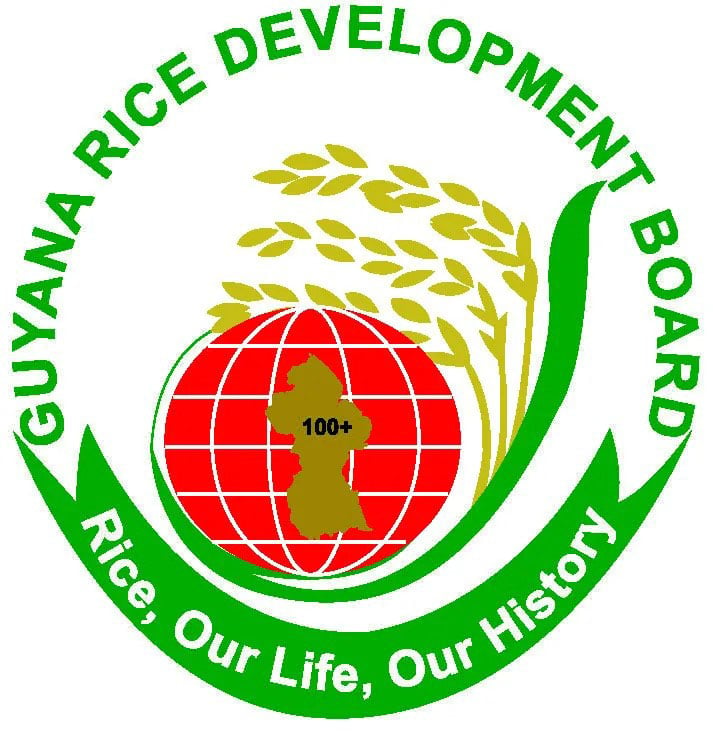The Guyana Rice Development Board (GRDB) estimated losses of approximately $4b this year as a result of the paddy bug infestation, according to the Ministry of Finance’s midyear review.
According to the review, the “GRDB estimated losses from paddy bug at approximately $4 billion as a result of 10-25 percent paddy bug infestation in paddy delivered to mills.”
This, the review said was alarming when compared to an estimated infestation 10% in 2023.
The report noted, that the chemical options are being used until research and development of appropriate biocontrol agents is completed for application during the second crop.
Under climate-related risks, the mid-year report said that global developments on climate change have witnessed increasing temperatures with the hottest days on the planet recorded in recent months. Higher temperatures globally lead to storm surges, in both intensification and size.
Noting that the Caribbean has already experienced an earlier-than usual storm with Hurricane Beryl, it said that the region’s vulnerability to climate change is an ever-present threat.
As such over the July 2023 to April 2024 period, lower rainfall and higher temperatures were experienced as part of the El Niño conditions in Guyana, during which the highest temperature ever of 40 degrees Celsius on August 26, 2023 was recorded.
However, during the second half of this year, the commencement of the La Niña phase in July heralds the usual dry conditions, but with anticipated increased temperatures which are likely to place additional pressures on irrigation needs as well cooling systems across sectors.
Fiscal pressures due to increasing climate risks remain areas of concern, the report said, and in addition, Government remains vigilant in monitoring the implications for coastal ecosystems, coastal communities, saltwater intrusion and related risks to economic activity.
Touching on the agricultural sector, which currently accounts for approximately 23% of the non-oil GDP, the report said that it is especially prone to climate-related risks, and key industries have invested to expand production to remain viable.
In rice, the report said that research is advancing in climate-smart varieties to respond to drought, flood and saline conditions. In sugar, several actions are being pursued which include the increased frequency in the maintenance cycle of canals, the examination of cropping periods based on reduced opportunity days to adapt to changing rainfall patterns and durations and lifting mechanised beds to get canes off the ground at a faster rate to maximize the reduced opportunity days afforded by climate change effects.
Further, mitigation measures being taken across sectors the report said include the expanded use of shade house farming, renewable energy sources, forest restoration and sustainable harvesting and mangrove restoration.
Additionally, it was noted that globally the challenges to rice production from insects, pests, diseases and weeds increase with the fluctuations in precipitation and temperature.
It was stated that the investments needed to mitigate the impacts of climate change across economic and social spheres in Guyana are substantial, and the future presents growing vulnerabilities in this area.
Meanwhile, rice farmers in the Upper Corentyne Area yesterday told Stabroek News that they are continuing to battle the paddy bug, however, they noted that the ministry through its agencies has become more aggressive in its response so as to assist them in destroying the bugs.





